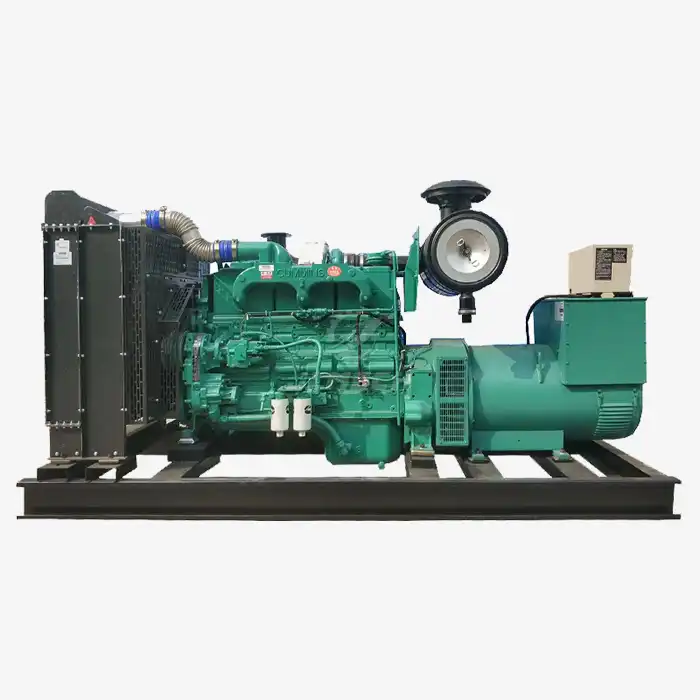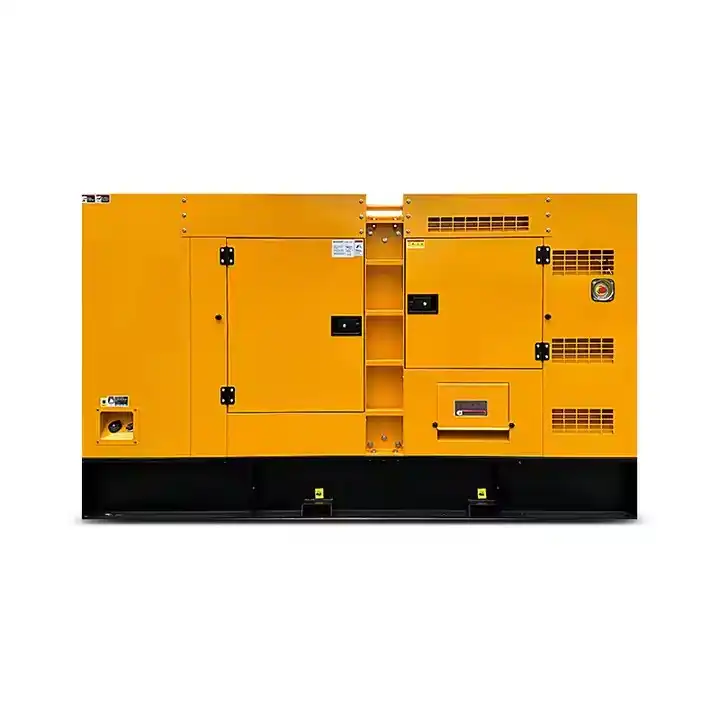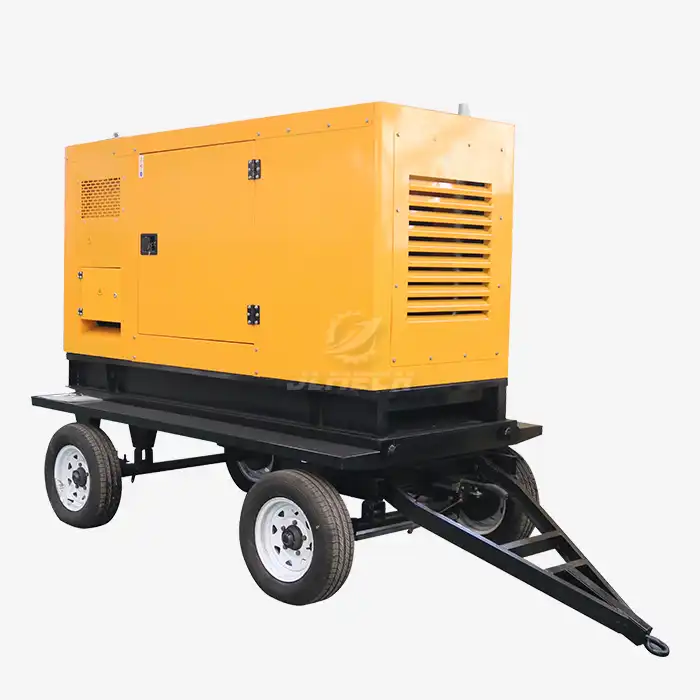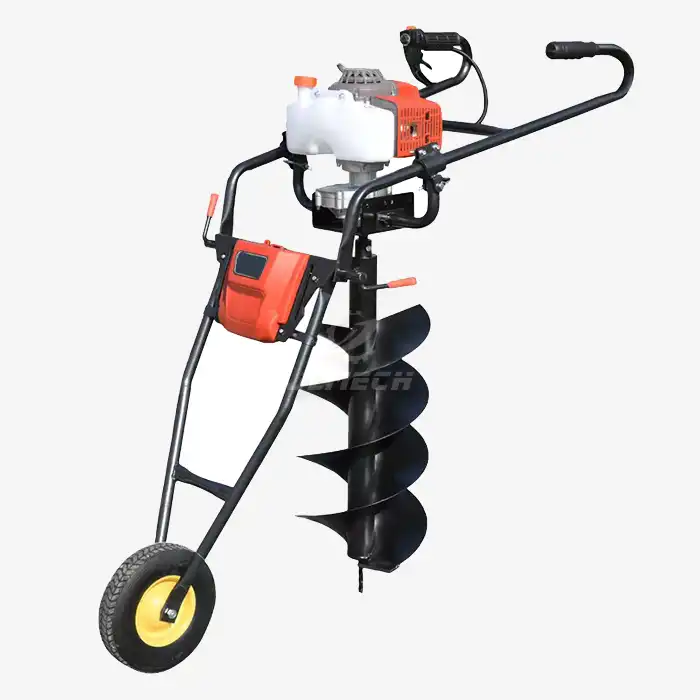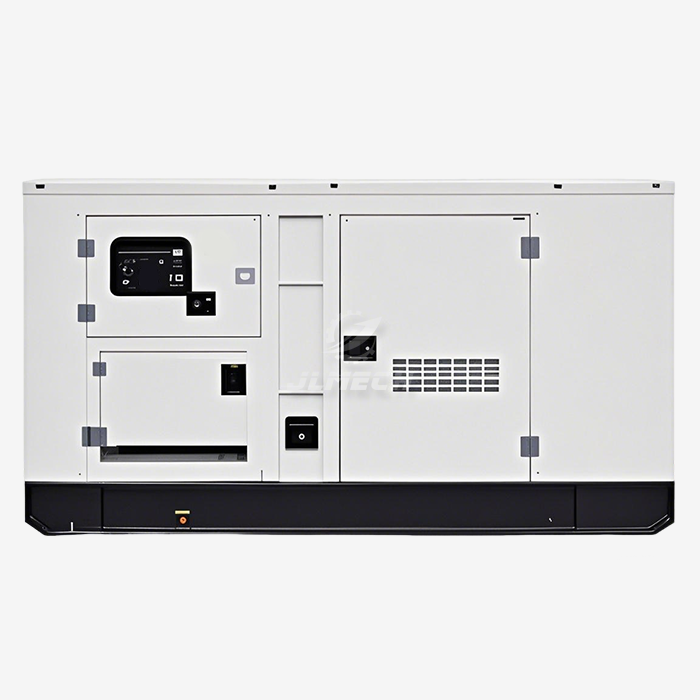Why does a generator need to be 20 feet away?
When installing a commercial generator, safety and efficiency are paramount. A critical rule emphasized by safety standards and experts worldwide is maintaining a minimum distance of 20 feet (approximately 6 meters) between the generator and any structures, openings, or combustible materials. This distance is not arbitrary; it is a foundational safety measure to mitigate risks such as carbon monoxide poisoning, fire hazards, and operational failures. For businesses, adhering to this guideline ensures compliance with regulations and protects both personnel and assets. Proper commercial generator sizing further enhances safety by aligning the generator's capabilities with specific operational demands, reducing the likelihood of overloads or malfunctions.
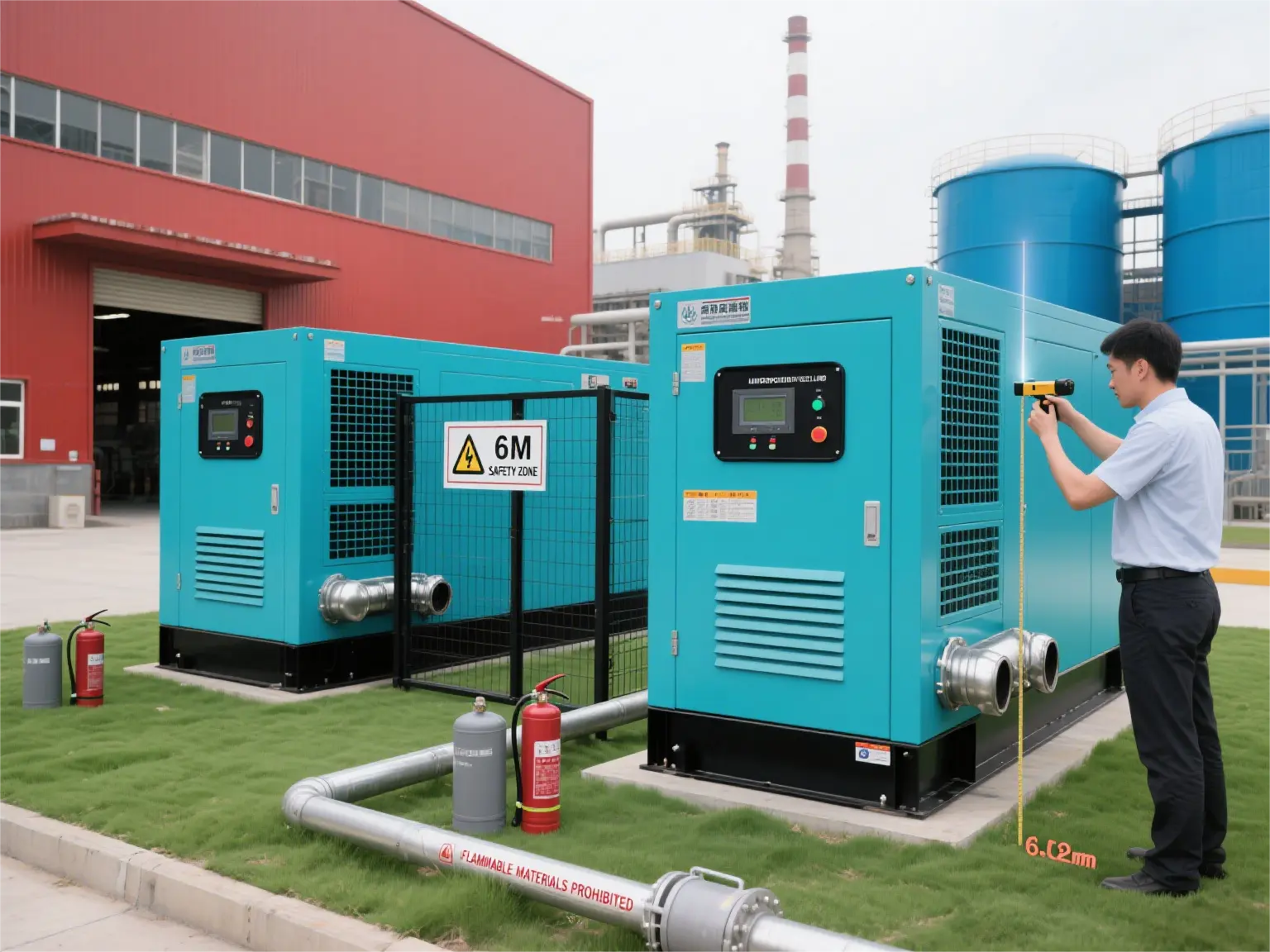
Reasons for Maintaining a Safe Distance
1. Carbon Monoxide (CO) Poisoning Prevention
Generators emit carbon monoxide—a colorless, odorless gas—during operation. Even minimal exposure can be fatal.
Risk Mitigation: A 20-foot distance ensures toxic exhaust dissipates safely outdoors, preventing CO from entering buildings through windows, doors, or ventilation systems.
Regulatory Compliance: Safety standards like OSHA and NFPA mandate this distance to avoid CO accumulation.
2. Fire Hazard Reduction
Generators produce intense heat from exhaust systems and engine components.
Combustible Materials: Keeping generators away from flammable objects (e.g., dry grass, fuel storage, or building materials) minimizes ignition risks.
Spark Containment: Distance prevents accidental sparks from reaching combustibles, reducing the likelihood of fires.
3. Ventilation and Overheating Prevention
Generators require adequate airflow for cooling and efficient combustion.
Optimal Performance: Proximity to walls or obstacles restricts airflow, causing overheating and potential shutdowns. A 20-foot buffer ensures uninterrupted ventilation.
Durability: Proper airflow extends the generator's lifespan by reducing thermal stress on components.
4. Noise Reduction
Generators can operate at noise levels exceeding 85 dB, disrupting workplaces and communities.
Sound Dampening: Distance significantly reduces noise impact, ensuring a quieter environment for employees and neighboring properties.
5. Maintenance and Operational Access
Adequate space around the generator facilitates safe and efficient maintenance.
Ease of Service: Technicians require unobstructed access for inspections, fuel checks, and repairs.
Safety During Operation: Clear space allows operators to manage the generator safely, avoiding contact with hot surfaces or moving parts.
Proper commercial generator sizing complements these safety measures by ensuring the unit’s capacity matches operational needs, preventing overloads that exacerbate risks like overheating or emissions.
Conclusion
Maintaining a 20-foot distance for generator installation is non-negotiable for safety, regulatory compliance, and operational efficiency. This guideline addresses critical risks, including carbon monoxide poisoning, fire hazards, and equipment failure. Coupled with accurate commercial generator sizing, it ensures reliable performance and longevity. At JLMECH, we prioritize your safety and operational success by delivering tailored power solutions designed to meet the highest industry standards.
At JLMECH, we combine decades of expertise in power generation with an unwavering commitment to quality and safety. Our team specializes in commercial generator sizing and installation, ensuring your generator is perfectly matched to your needs and compliant with all safety regulations. From initial consultation to ongoing maintenance, we provide end-to-end support to keep your operations running smoothly and safely.
Contact Us Today
Reach out to our experts for a personalized consultation and discover how our generators can protect your business:
- Email: skala@whjlmech.com
- Services: Load assessment, generator sizing, installation, and maintenance.
- Let us help you design a power solution that guarantees safety, efficiency, and peace of mind.
References
- International Organization for Standardization. (2022). ISO 8528-1:2022 - Rotary diesel generating sets - Part 1: Application, ratings and performance.
- U.S. Department of Energy. (2021). Best Practices for Diesel Power Generation in Industrial Applications. DOE Technical Reports.
- National Fire Protection Association. (2023). NFPA 110: Standard for Emergency and Standby Power Systems.
- Occupational Safety and Health Administration. (2023). Carbon Monoxide Poisoning Guidelines. OSHA Publications.
- Johnson, A. (2010). Emergency Power Systems: A Comprehensive Guide to High-Speed Diesel Generators. Power Engineering Quarterly, 45(3), 78–92.



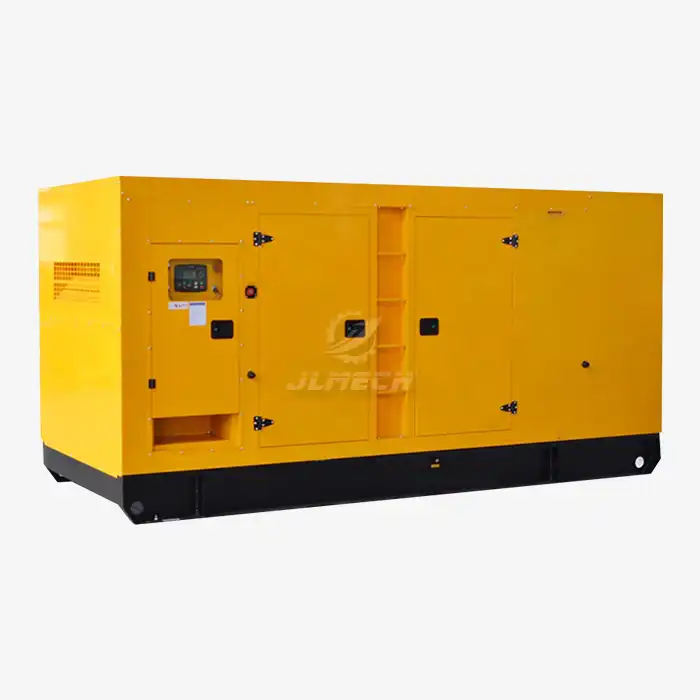
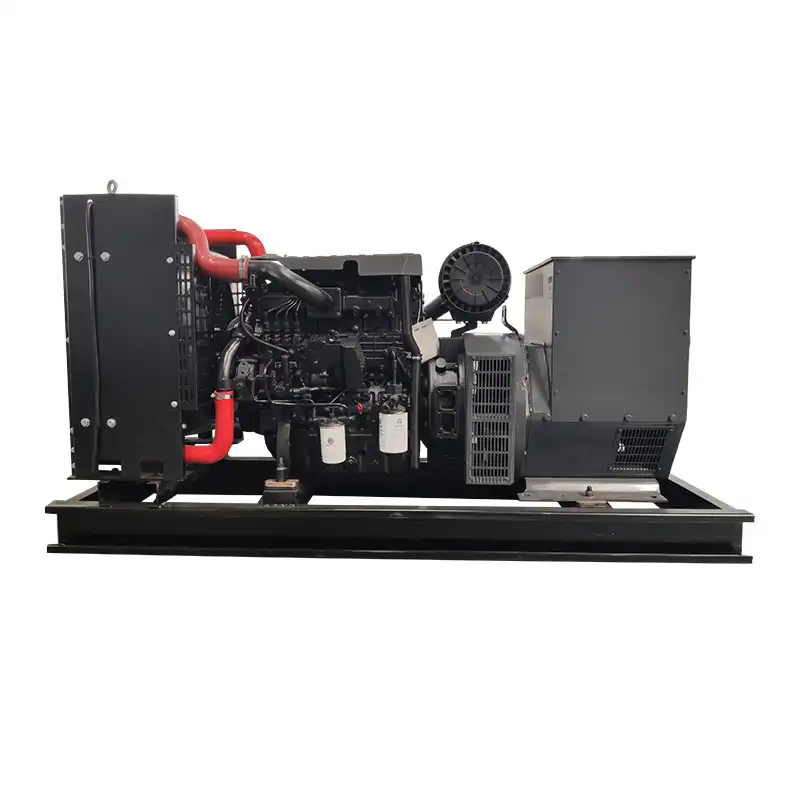
_1753350153132.webp)
